- Collection :: represents a group of ELEMENTS, and is the root of collection hierarchy
- Set :: can't have duplicate element
- List:: ordered collection, can have duplicate elements
- Queue: holds multiple elements, provides additional insertion, extraction and inspection, it support FIFO
- Deque:: support FIFO and LIFO, elements can be added/removed at the both end
- List, Stack, Queues are considered to be linear data structure.
- A TreeSet is a non-linear two dimensional data structures
| Interfaces | Implementations | ||||
|---|---|---|---|---|---|
| Hash table | Resizable array | Tree | Linked list | Hash table + Linked list | |
Set |
HashSet |
TreeSet |
LinkedHashSet |
||
List |
ArrayList |
LinkedList |
|||
Queue |
|||||
Map |
HashMap |
TreeMap |
LinkedHashMap |
||
- TreeSet tender an implementation of Set interface , the object are stored in ascending order
- Constructors:
- TreeSet( )
- TreeSet(Collection C )
- TreeSet( Comparator comp)
- TreeSet( SortedSet s)
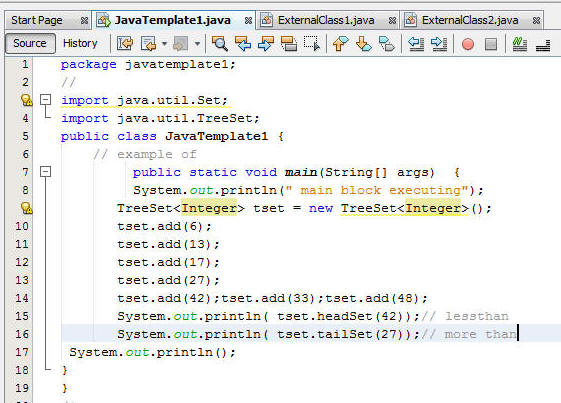
Run Time View
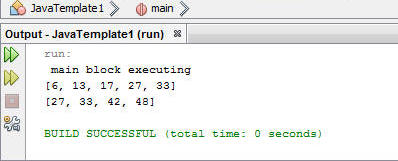


- Just like Linked Lists, Trees are collections of nodes
- Orientation of a Tree is upside down (like family trees)
- The top node is the root
- nodes are connected by edges
- edges (arrows) define parent and child nodes relationships
- nodes with no children are called leaves
- binary tree:
A tree in which each node refers to 0, 1, or 2 dependent nodes. - root
The top-most node in a tree, to which no other nodes refer. - leaf
A bottom-most node in a tree, which refers to no other nodes. - parent
The preceding node that refers to a given succeeding node. - child
One of the derived /succeeding nodes referred to by a node. - level
The set of nodes equidistant from the root. - prefix notation
A way of writing a mathematical expression with each operator appearing before its operands. - preorder
A way to traverse a tree, visiting each node before its children. - postorder
A way to traverse a tree, visiting the children of each node before the node itself. - inorder :A way to traverse a tree, visiting the left subtree, then the root, then the right subtree.
- class variable
A static variable declared outside of any method. It is accessible from any method. - binary operator
An operator that takes two operands. - object encapsulation
The design goal of keeping the implementations of two objects as separate as possible. Neither class should have to know the details of the implementation of the other. - method encapsulation
The design goal of keeping the interface of a method separate from the details of its implementation.
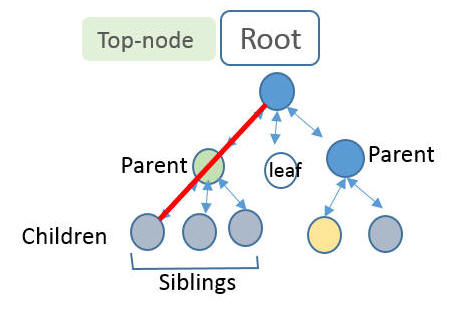

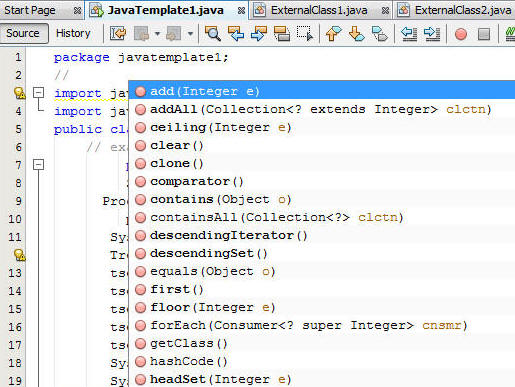
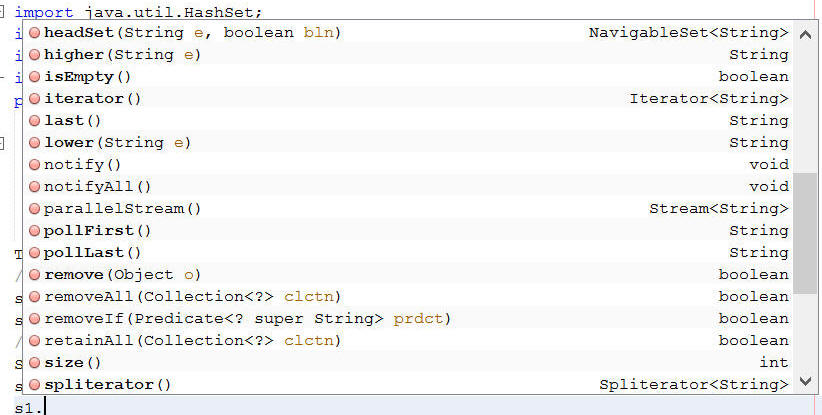

package javatemplate1;
import java.util.Set;
import java.util.TreeSet;
public class JavaTemplate1 {
// example of
public static void main(String[] args) {
System.out.println(" main block executing");
TreeSet<Integer> tset = new TreeSet<Integer>();
tset.add(6);
tset.add(13);
tset.add(17);
tset.add(27);
tset.add(42);tset.add(33);tset.add(48);
System.out.println( tset.headSet(42));// lessthan
System.out.println( tset.tailSet(27));// more than
System.out.println();
}
}